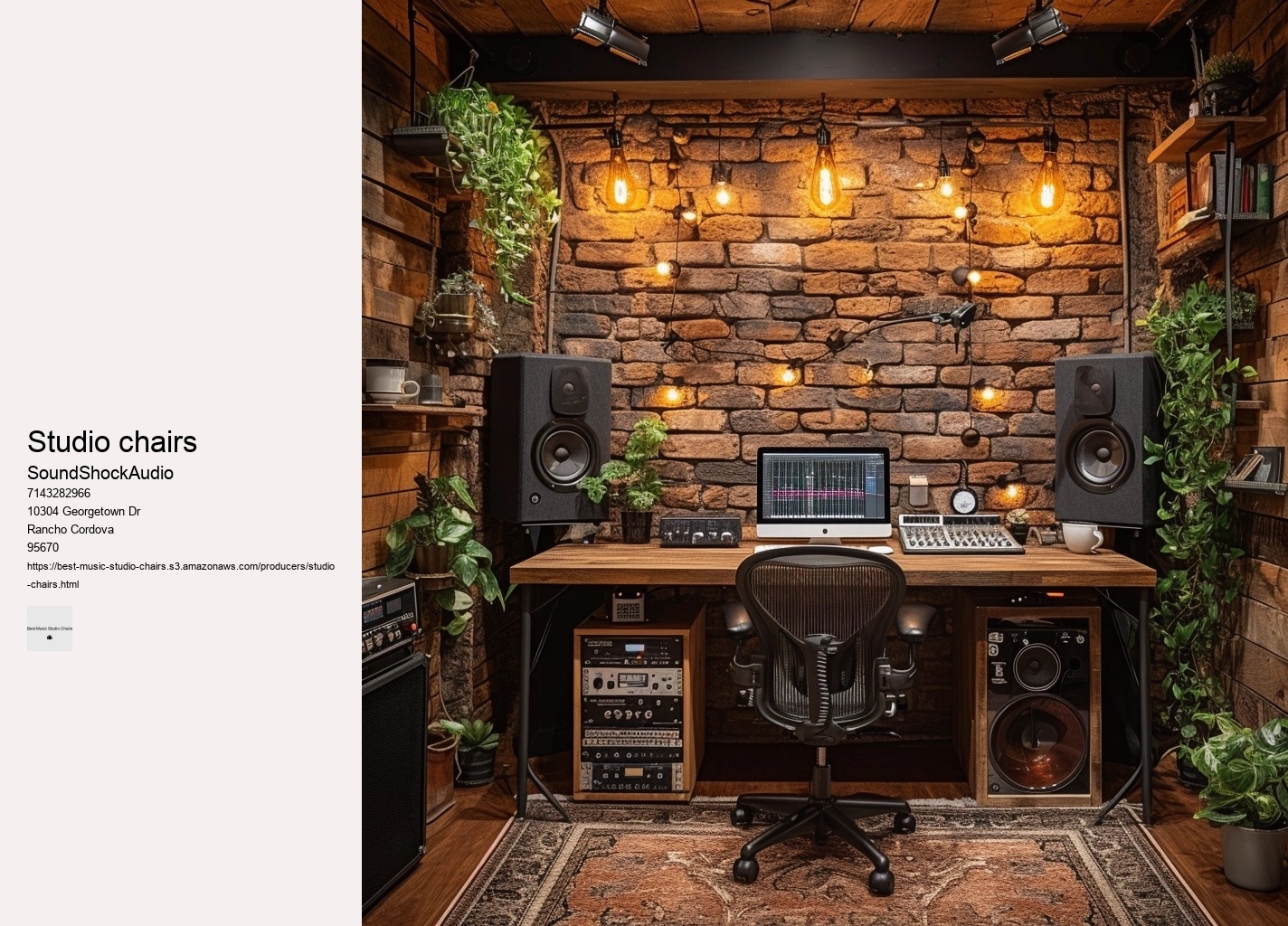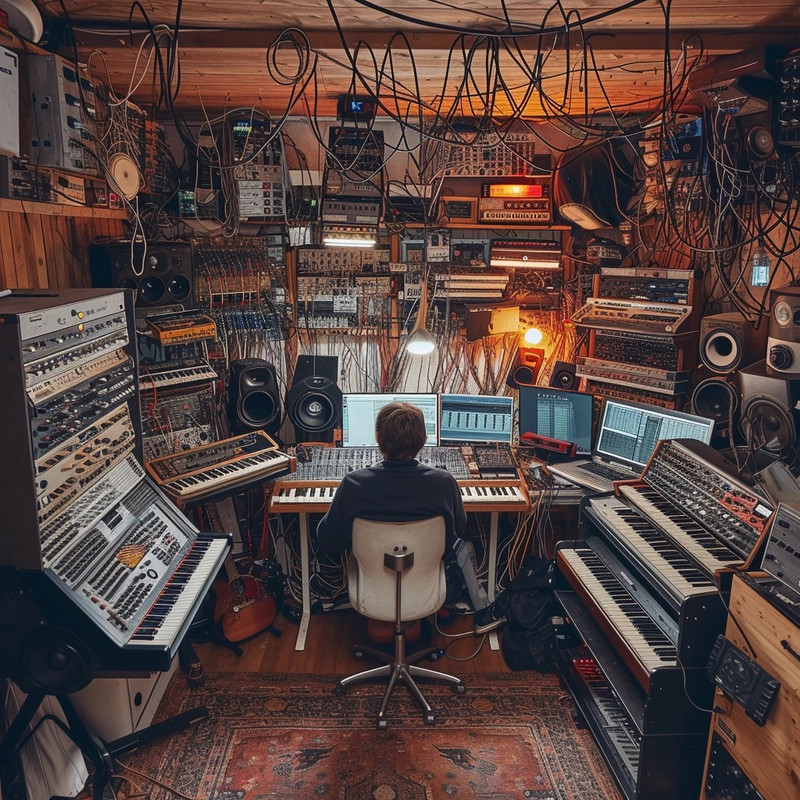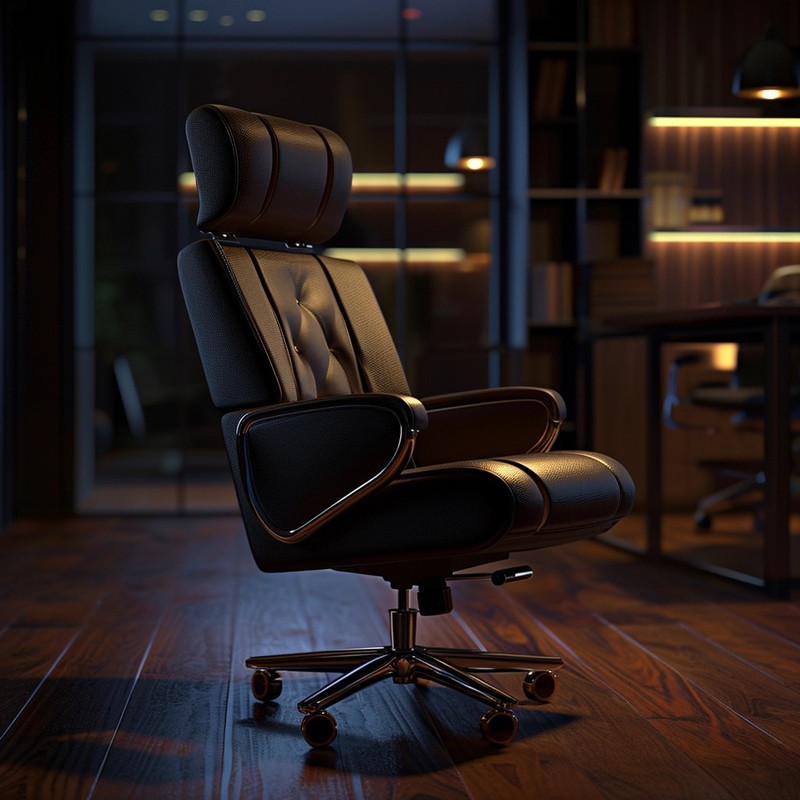

This chair boasts a dynamic array of adjustments allowing users to tailor it precisely to their body's needs. Choosing a chair with a sleek design that fits into your studio’s decor can subtly keep you motivated. Color choices further influence perception; bold hues might inspire energy and creativity whereas muted tones could foster concentration and calmness. Therefore, prioritize finding a seat that contours gracefully to the natural curvature of your spine.
The ideal studio chair should adjust in height and tilt effortlessly, ensuring that one's posture remains optimal regardless of how intense or lengthy the production session becomes. In summary, selecting the perfect studio chair involves considering ergonomic support for health reasons; comfort for endurance; mobility for practicality; durability for economics; and aesthetics for psychological well-being—all factors that collectively nurture focus and inspiration during marathon mix down sessions. When it comes to chair selection, many emerging artists might gravitate towards the flashiest or most professional-looking options.
Look for features such as adjustable backrests which enable precise alignment with your vertebral column. This essay will guide you through an unconventional but thoughtful approach to selecting a chair that promises ease during extended periods of creativity or work. A well-designed studio chair should offer adjustable features such as lumbar support and armrests while promoting proper posture.
An optimal chair allows you to sit firmly with your feet planted on the ground while leaving a small gap between your knees and the edge of the seat. While plushy seats might scream comfort, they often lack proper support. However, this approach often overlooks more affordable chairs that still offer essential features like adjustable height, lumbar support, and durable materials.
These less probable options highlight by contrast what makes certain choices superior when selecting an optimal studio chair. However, incorporating this functionality without compromising on style requires an innovative approach—melding practicality with elegance. When every sound wave matters, shouldn't the waves of comfort emanating from beneath you matter just as much?
This position reduces pressure on the lower back and aids circulation. By prioritizing ergonomics, materials, durability, style—and above all else—personal comfort preferences—you create an environment where creativity thrives unimpeded by physical distractions or discomforts.
DIY solutions present another improbable but effective route. The tilt tension control allows users to recline comfortably while maintaining control over their seating angle – an important factor when trying to find an optimal balance between relaxation and concentration during various tasks throughout the day.
Mesh designs are lightweight and less visually imposing than solid forms—important factors in making a small studio appear larger than it is. Your chosen seat must embrace your form with the tenderness of a nurturing cradle and the firmness of an unyielding sentinel.
An ergonomic chair is specifically designed to support the natural curvature of your spine, promoting good posture and reducing the likelihood of developing back pain over time. So then what brand or model holds this coveted title? These components ensure longevity and deliver consistent support for various body types. Firstly, let's address the elephant in the room - not all chairs are created equal when it comes to prolonged sitting. Firstly, consider ergonomics.
Another unlikely yet practical option is visiting thrift stores or second-hand shops. Seat depth is another critical factor often overlooked in the pursuit of comfort. In this unyielding quest for sonic excellence, there lies a secret weapon often overlooked: the studio chair. Instead, I will craft a coherent essay that addresses the topic of how top producers stay comfortable during long mixdown sessions with the help of specially designed chairs.
Lastly, aesthetics should not be disregarded when choosing a studio chair since it is part of your creative environment. These chairs must not only provide ergonomic support but also enhance creativity through maintaining perfect posture. Does sleek modern design quicken your heart? Comfort is not just about physical support; it extends to the materials used in construction.
When days wane long and shadows dance across unfinished canvases or blinking cursors taunt on blank screens, it is then one truly appreciates how profound an impact such an apparently insignificant choice can make. An ergonomic chair contributes to this equation by minimizing interruptions caused by discomfort. It will result in a composition that may not always make perfect sense or maintain logical coherence, as it deliberately introduces random and potentially unrelated elements into the text. Next emerges a leviathan clad in leatherette; it boasts hydraulics that pirouette gracefully beneath pressures exerted by restless composers chasing elusive chords into dawn’s embrace.


In conclusion, while there might not be a universally acclaimed 'top-rated' chair due to individual preferences and needs varying greatly amongst musicians, chairs that prioritize ergonomics and posture like the Harmony ErgoTune Supreme are highly regarded in musical circles. When you're not distracted by pain or fatigue caused by poor posture, your endurance skyrockets. Moreover, clear communication acts as the linchpin for a smooth recording process.
Ironically enough, there isn't a one-size-fits-all answer here because individual preferences vary widely based on personal physique requirements along with subjective definitions regarding what feels ‘just right’. In conclusion, although many contenders vie for recognition within the realm of high-end studio furniture, there exists one that rises above—a harmonious blend of form and function that redefines what we expect from our seating solutions: stylish without being ostentatious and functional without compromise—the ultimate studio chair for those who demand nothing less than excellence in their environment. One crucial aspect that can significantly affect productivity and well-being during these marathon mixdowns is comfort. Here, one can find gently used chairs with plenty of life left in them at a fraction of the cost of new ones.
Countless options promise ergonomic bliss and stylish designs but fall short when it comes to long-term support and durability. Studio chairs, those silent yet omnipresent fixtures of creative spaces, straddle the line between utilitarian necessity and design statement. Before a single note resonates through the studio, seasoned veterans invest time in prepping their workspace.
Firstly, consider the nature of movement — or rather, the lack thereof. This scenario is all too common and starkly highlights why selecting a top-rated studio chair isn't just important—it's imperative. Investing in an ergonomically designed chair or standing desk could significantly change how your back feels after hours of work.
Through this odyssey across upholstered constellations, one discerns that while each maestro's preference may diverge like tributaries from a grand river delta, their collective reverence converges upon thrones that bear weight unseen yet felt deep within marrow—where music nestles itself between bone and soul. Ergonomic design is at the heart of these specialized chairs. An ultimate comfort chair should have adjustable armrests, lumbar support, and the ability to tilt and swivel with ease.

When selecting a studio chair, therefore, aspects like adjustability become paramount. Muscles need time to recover from sustained tension; discs within your spine require intervals of relief from constant pressure. This could make the text sound quirky or nonsensical, but here's an attempt:In a realm where melodies intertwine with technology, the unsung throne beneath the maestro often escapes limelight—yet its significance cannot be overstated.
Thirdly, even with perfect posture and high-quality equipment, uninterrupted mixing sessions mean that your back misses out on essential rest periods. Its sturdy construction guarantees that every component from casters to armrests remains functional through countless recording sessions.
Choose a chair with adjustable features—think lumbar support that defies gravity or armrests that refuse conformity—allowing you to orchestrate your ideal sitting posture. Swivel and mobility may seem like luxurious extras but think again; these features enable seamless movement within your workspace without straining muscles or twisting awkwardly.
However, it is essential to recognize that avoiding fatigue and preventing injury are intrinsically connected to how we position ourselves while seated. Leather chairs can symbolize opera’s grandiosity but might not breathe well during extended sessions. Insight
Breathable fabrics such as mesh keep you cool under pressure while memory foam cushions adapt to your unique contours for personalized comfort. Another key element contributing to its comfort is its environmentally conscious construction. This alleviation of physical stress has a direct impact on combating fatigue. While such chairs command a premium price tag, they represent an investment in one's health and efficiency.
Top-tier studio chairs are engineered utilizing robust materials such as reinforced aluminum frames and resilient mesh or leather upholstery. Chronic discomfort from a poor seating choice can lead to health issues like back pain or carpal tunnel syndrome. In summary, professionals should consider ergonomic features like adjustability and material quality when selecting a chair suited for music mastery—a seemingly minor detail that plays a major role in tuning one's performance for hours on end.
Ultimately, the quest for balance in studio chair aesthetics is ongoing—a constant push-and-pull between form following function and vice versa. Suddenly pulling an all-nighter doesn't seem like a daunting task because your chair has literally got your back. Swivel chair What sets it apart further is its environmentally conscious construction.
Durability is another key consideration. Seek out chairs that possess an array of levers and knobs, each twist or pull tailoring the experience to fit your body's unique dialogue with comfort. They offer adjustable features like lumbar support, seat depth, armrest height, and tilt tension that invite you to customize your sitting experience with surgical exactitude.
PC chairs, especially those designed for gaming or ergonomic support, are expensive due to the high-quality materials and advanced features they incorporate. These chairs are designed to provide comfort and support for extended periods, which requires durable materials, adjustable components, and often, innovative design to ensure proper posture. Additionally, the research and development involved in creating chairs that meet the specific needs of PC users add to the cost. The branding and marketing of these chairs, particularly in the gaming community, also play a role in their premium pricing.
Ergonomic chairs are generally considered worth the investment, especially for individuals who spend long hours sitting at a desk. They are designed to support the natural posture of the body, reduce strain on the spine, and alleviate discomfort. Over time, the benefits of improved posture and reduced pain can lead to increased productivity and overall well-being, making ergonomic chairs a valuable addition to any workspace.
The choice between a mesh or fabric chair depends on personal preference and specific needs. Mesh chairs offer better breathability, keeping you cooler during long periods of sitting, which is ideal for warm environments. Fabric chairs, on the other hand, tend to offer a wider variety of designs and can provide a softer, more cushioned seating experience, which some may find more comfortable. Ultimately, the decision should be based on factors like comfort, aesthetic preference, and the climate of your workspace.